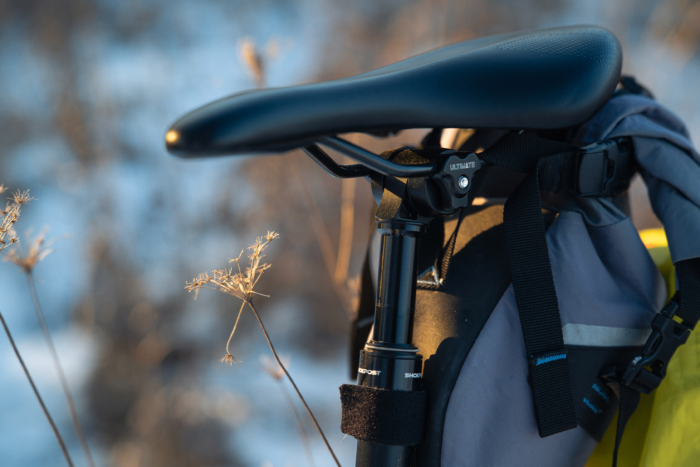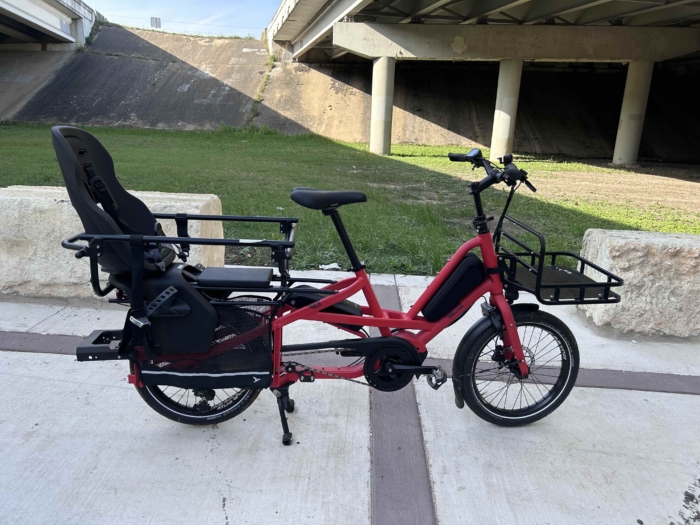Our criteria for equipment was simple: We would cherry-pick in an attempt to use the best gear in the world. The venue, a week-long adventure race in Chile, demanded at least as much. It was the fall of 2010, and my four-person squad, Team GearJunkie/YogaSlackers, was prepping for what would be our toughest physical challenge to date.
In this column, I have written extensively on the experience that followed. In February, our team traveled to the start line of the 2011 Wenger Patagonian Expedition Race, an event with trekking, kayaking, and mountain biking on a 400+ mile course in wilderness on South America’s southern tip. After seven days of effort, we emerged battered and broken, feet destroyed from huge treks, scraped and cut up, our thighs numb from a long final bike, to claim 2nd place in the epic event.
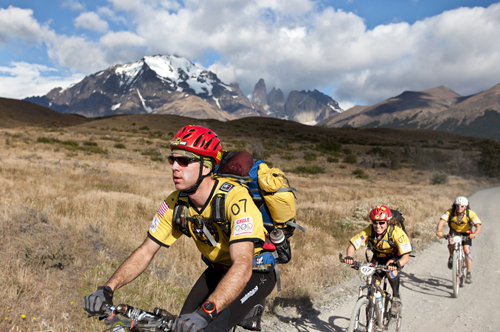
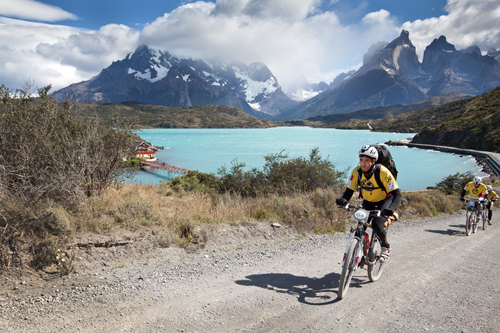
This article covers the bike I used in the Wenger Patagonian race. It’s the same base model as I used in 2010 — Giant’s Anthem X1 — though “pimped” and made lighter weight with a full wheel and component upgrade to make the bike an even speedier off-road beast.
The Anthem X1, which I review here, is an excellent bike as it comes stock for $3,700. How do you upgrade an already quite able-bodied bike? I went to the source of where parts on most bikes like this come from, Shimano Inc., and asked exactly as such.
The answer was a full component upgrade, from brakes to handlebars to wheels. Shimano, with its latest XTR M980 Race groupset and Shimano PRO parts, would increase speed, efficiency, and comfort, my Shimano contact touted. A bonus: My bike could drop a pound or more in weight, a big deal for a race like the Patagonia event where every ounce counts.

The scale of what came next is a bit fantasyland, even I admit. In short, Shimano shipped GearJunkie a box of its greatest new parts and hired a local master bike mechanic to strip my Anthem down and rebuild it with XTR and Shimano’s new carbon-fiber PRO components. I would have a completely pimped demo bike to ride in Patagonia, a pro-level machine dialed with the best of what Shimano could muster.
The end product — an Anthem X1 frame, RockShox fork, and glittering Shimano XTR and PRO parts all around — was an inspiring sight. I picked up the pimped bike at a local shop in January, gave it a few short test rides in the Minnesota snow, and then boxed it up for the long flight to Chile.
My XTR Race parts list from Shimano had included cranks and bottom bracket parts, disc brake system and rotors, derailleurs, a chain, cassette sprocket, shift levers, and wheels. The company’s PRO components, which comprised the cockpit area of the bike, included carbon and composite pieces like a flat bar, stem, post, and XR handle grips.
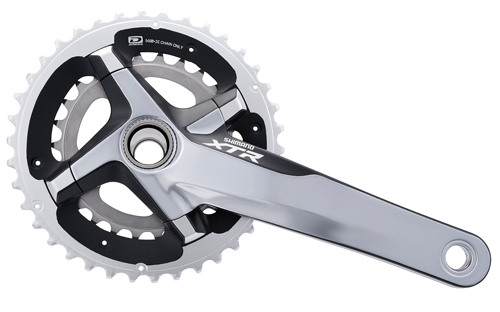
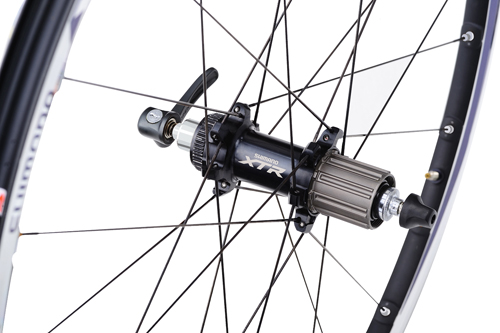
The rubber grips cost $19.99. Most everything else Shimano loaned us for the build was expectedly pricey, from the tubeless wheels — $1,499.99 for the set! — to $600+ into the cranks and chainwheel area, and a rear derailleur, the XTR GS 10-speed, that goes for $220. The Shimano PD-M985 pedals were $250. Overall cost for parts on the Giant/Shimano fantasy bike spiked past $2,500.
Tires were from Michelin, the Wild Race’R model, and they worked with the Shimano wheels as a bombproof tubeless setup. The light but grippy tread rolled fast and was perfect for the dirt roads and double-tracks in Patagonia this year.
When the Giant came home from the shop, it weighed more than a pound less and it looked like new. The “before weight” for this size-large, dual-suspension mountain bike was 24.84 pounds on the bike shop’s scale. After, the weight was 23.3 pounds, ripped looking and lean.
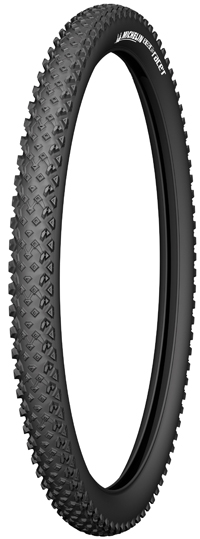
Beyond weight loss, what does $2,500 in Shimano parts get you? The upgrade, in general, netted this bike higher-quality materials, stronger as well as lighter parts, plus easier shifting due to top-notch derailleurs and a new type of chain; more-powerful brakes; tubeless tires; and a sleek wheelset that spun noticeably faster than the stock set that came on the Giant bike.
continued on next page. . .

